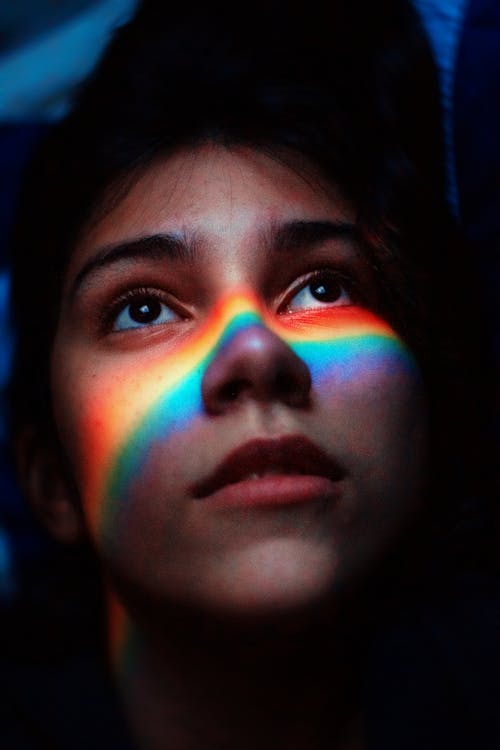Blitz News Digest
Stay updated with the latest trends and insights.
Capturing Souls: The Secrets Behind Stunning Portraits
Unlock the secrets to mesmerizing portraits and learn the art of capturing souls with stunning photography techniques!
The Art of Connection: How to Capture Genuine Emotions in Portrait Photography
Capturing genuine emotions in portrait photography is more than just pressing the shutter button; it's about creating an environment where subjects feel comfortable enough to express their true selves. The art of connection lies in establishing trust and rapport before the session begins. Engage your subjects in meaningful conversation, listen actively, and share a piece of yourself to break down barriers. This interaction not only eases anxiety but also paves the way for authentic emotions to surface during the shoot.
Once the connection is established, the next step is to pay attention to body language and non-verbal cues. Use techniques such as natural light and thoughtful composition to enhance the emotional tone of your portraits. Remember, the goal is to capture a fleeting moment of genuine emotion, so be patient and ready to click when your subject's true character shines through. With practice, you will learn to recognize those subtle moments and translate them into powerful images that resonate with viewers.

Mastering Light: Essential Techniques for Stunning Portrait Shots
Understanding lighting is crucial for stunning portrait shots that resonate with viewers. Mastering light involves not just knowing when to shoot, but also manipulating it effectively. The golden hour, just after sunrise and before sunset, offers soft, diffused sunlight that enhances skin tones and minimizes harsh shadows. Incorporating reflectors can further control light direction, helping illuminate your subject without overwhelming them. Remember that natural light can be your best asset; experiment with different angles and positions to see how it can transform your portraits.
In addition to natural light, utilizing artificial lighting equipment can elevate your portrait photography to new heights. Softboxes and umbrellas help create a gentle, even spread of light, which is perfect for achieving that elusive stunning portrait shot. When using flash, consider bouncing the light off nearby surfaces to soften its impact. Don't forget to pay attention to the background as well; controlling the light can help you isolate your subject, making them pop against a blurred backdrop. Practice these techniques regularly, and soon, you'll find yourself capturing breathtaking portraits that convey emotion and depth.
What Makes a Great Portrait? Key Elements that Bring Souls to Life
A great portrait transcends mere representation; it captures the very essence of the subject. Strong composition is vital, as it not only directs the viewer's eye but also reflects the personality of the individual being portrayed. Lighting plays a crucial role in this artistic endeavor. Soft, diffuse light can create an intimate atmosphere, while dramatic shadows can evoke a sense of mystery. The use of color—whether vibrant or muted—can also convey emotions and set the mood, making the viewer feel connected to the subject's soul.
Another key element that contributes to a successful portrait is the expression of the subject. A genuine smile, a thoughtful gaze, or a candid moment can evoke emotions and tell a story that resonates with viewers. Background and setting should complement rather than distract from the subject; choosing the right environment can provide context, adding depth to the narrative. Ultimately, a great portrait is not just about the physical characteristics; it's about capturing the unique spirit of the individual, bringing their soul to life through the lens of the artist.